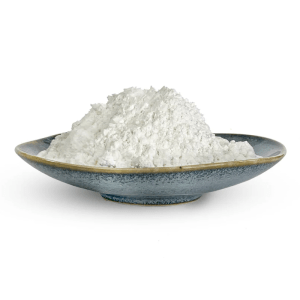
,字数800以上
html
Starch Sugar: Production and Applications in Food Industry
Starch sugar, a carbohydrate derived from starch, plays a vital role in the food industry due to its versatility and wide range of applications. Produced through enzymatic or acid hydrolysis of starch, starch sugar comes in various forms, including glucose syrup, maltose, and high-fructose corn syrup (HFCS). This article explores the production process of starch sugar and its diverse uses in the food sector.
Production of Starch Sugar
The production of starch sugar involves several key steps, beginning with the extraction of starch from raw materials such as corn, wheat, potatoes, or cassava. The process can be broken down into the following stages:
1. Starch Extraction
Raw materials are cleaned, soaked, and ground to separate starch from other components like proteins and fibers. The extracted starch is then washed and dried to obtain a pure starch product.
2. Liquefaction
The starch is mixed with water and heated to form a slurry. Enzymes such as alpha-amylase are added to break down the starch into shorter dextrin chains. This step, known as liquefaction, occurs at high temperatures (typically around 90-100°C).
3. Saccharification
After liquefaction, the mixture is cooled, and additional enzymes like glucoamylase are introduced to further break down the dextrins into simpler sugars such as glucose and maltose. The duration and conditions of saccharification depend on the desired end product.
4. Purification and Concentration
The resulting sugar solution is filtered to remove impurities and then concentrated through evaporation. Depending on the application, the syrup may undergo additional refining steps, such as ion exchange or carbon treatment, to improve clarity and purity.
5. Isomerization (for HFCS)
To produce high-fructose corn syrup, glucose is converted into fructose using the enzyme glucose isomerase. This process yields a sweeter syrup, commonly used in beverages and processed foods.
Applications of Starch Sugar in the Food Industry
Starch sugar is a fundamental ingredient in many food products due to its functional properties, including sweetness, texture enhancement, and preservation. Below are some of its key applications:
1. Bakery Products
In baking, starch sugar acts as a humectant, retaining moisture and extending shelf life. It also contributes to browning and flavor development through caramelization and Maillard reactions. Glucose syrup is often used in cakes, cookies, and pastries to achieve desired textures.
2. Confectionery
Starch sugar is essential in candies, chocolates, and gums. It prevents crystallization in sweets like caramels and fudges, ensuring a smooth texture. Maltose syrup, for instance, is commonly used in hard candies and nougats.
3. Beverages
High-fructose corn syrup is widely used in soft drinks and fruit juices due to its high sweetness and solubility. It provides a consistent flavor profile and is cost-effective compared to sucrose.
4. Dairy Products
In ice cream and yogurt, starch sugar improves creaminess and reduces ice crystal formation. It also enhances the sweetness of flavored dairy products without overpowering other flavors.
Keyword: Starch Sugar
5. Processed Foods
Starch sugar serves as a preservative in jams, jellies, and canned fruits by
